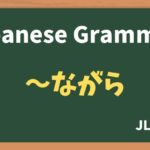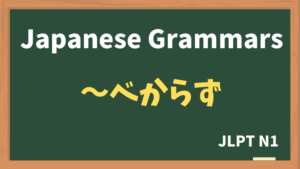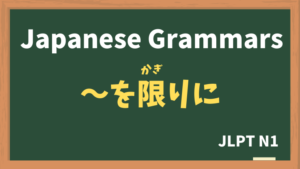
Explanation:〜かたわら
fa-check-circleMeaning
"〜する一方で"
仕事などの社会的活動をしながら、別のこともしていることを表す文型
・2つの活動は違う時間帯で行わます
・「ながら」に比べて長い時間、続けている活動に対して使われます。
Used to indicate that while one action or situation is occurring, another is also taking place simultaneously. It often conveys the idea of doing something alongside another activity or being involved in two aspects at the same time.
fa-check-circleForm
V(dictionary form)+かたわら
N + のかたわら
fa-check-circlePoints
- Simultaneous Actions: "〜かたわら" highlights that two actions or situations are happening concurrently.
- Context of Involvement: This expression is often used to show a contrast between the main activity and the secondary one, suggesting that the speaker is involved in both.
- Formal Usage: It tends to have a slightly formal or literary tone and is commonly found in written language or formal speech.
fa-check-circleJLPT Level
N1
fa-check-circleNote
Cannot be used to express two actions that occur at the same time.
Sample sentenes
先生は学校で日本語を教えるかたわら、大学で日本語の研究もしている。
While teaching Japanese at school, the teacher is also conducting research on Japanese at university.
彼は書店で働くかたわら、カフェも経営している。
While working at a bookstore, he also manages a café.
最近は会社で働くかたわら、ブログやYouTubeでお金を稼ごうとする人が増えてきた。
Recently, more people have been trying to earn money through blogs and YouTube while working at a company.
彼女は歌手のかたわら、モデルとしても活躍している。
While working as a singer, she is also active as a model.
トムさんは日本語を勉強するかたわら、英語を教える仕事をしている。
While studying Japanese, Tom is also working as an English teacher.
Vocabulary
| Japanese |
English | |
| 経営する | けいえいする | to run (company) |
| 稼ぐ | かせぐ | to earn |
| 活躍する | かつやくする | to be active |







